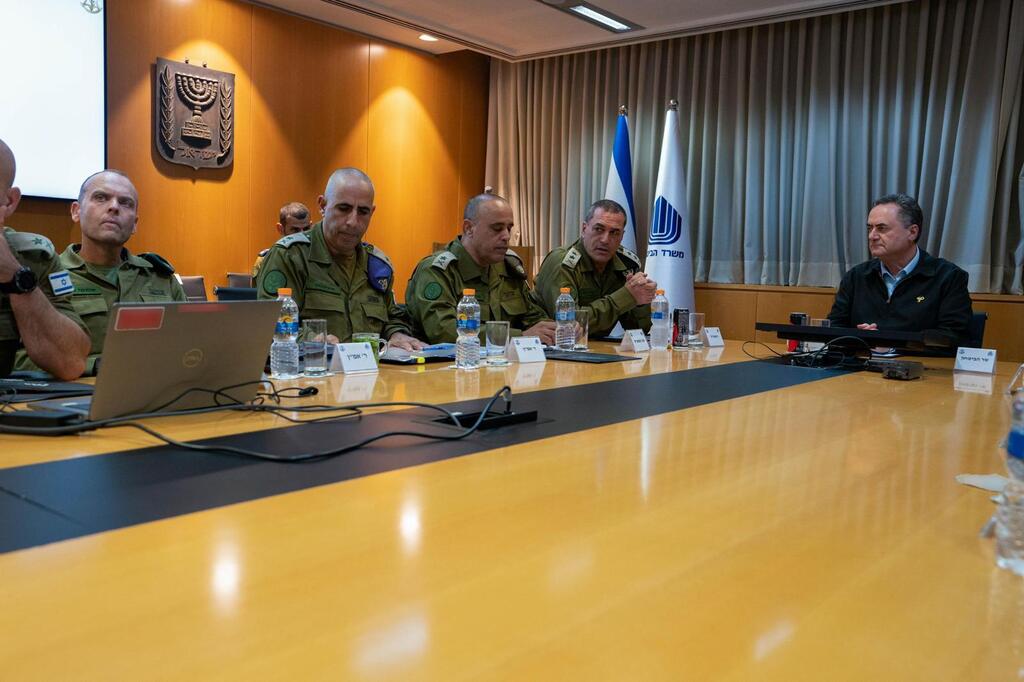Reservist call-ups will occur in three waves—September, November and next March—while roughly 40,000 reservists have already received orders. At its peak, the operation will include 12 brigade-sized combat teams supported by the two regional brigades of the Gaza Division.
The army said about half of the mobilized reservists will serve in command, intelligence, air force and navy roles rather than in direct combat. Field hospitals and infrastructure will be set up in central Gaza to support civilian evacuation in coordination with international organizations.
2 View gallery


IDF Chief of Staff Lt. Gen. Eyal Zamir meeting with Defense Minister Israel Katz
(Photo: Defense Ministry)
The IDF stressed that the plan is phased, dynamic and flexible, allowing for adjustments in the event of a hostage deal. Unlike last year’s deployment, regular troops will have rotation breaks to reduce long continuous deployments inside Gaza.
Regarding Hamas, the army said only two brigades remain, one in Gaza City and one in central towns, and that strategic tunnels in Gaza City are still part of the operational targets.
Zamir, addressing speculation about his service, said he has no intention of resigning, emphasizing his responsibility for soldiers and mission execution.
The operation has been dubbed Gideon’s Chariots II, following the original Gideon’s Chariots campaign, which failed to achieve its full objectives despite the IDF controlling 75% of Gaza and creating conditions for a potential hostage deal.




